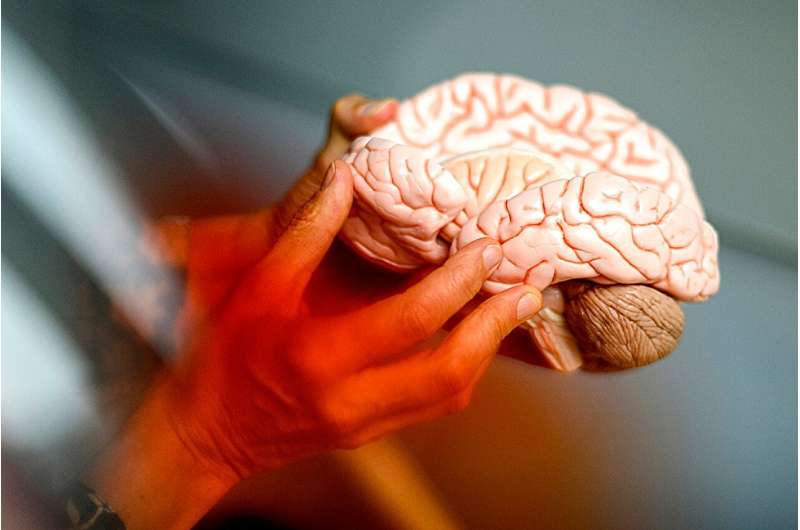This article has been reviewed according to Science X's editorial process and policies. Editors have highlighted the following attributes while ensuring the content's credibility:
fact-checked
peer-reviewed publication
trusted source
proofread
What goal-directed learning is and why it's important for adolescents to learn from their actions

Imagine you're at a carnival and want to win a big stuffed toy. You play different games and, if successful, collect tickets. But it's not the tickets you care about, it's the big toy they'll buy.
And you're likely to stick to the easier games to earn as many tickets as possible.
An experience like this would be goal-directed learning, says Juliet Davidow, assistant professor of psychology at Northeastern University.
"You experience something and then you take something away from that experience, whether it was good or bad," she says, "and then that guides you into whether you want to put yourself in that experience again."
Davidow, who leads the Learning and Brain Development Lab at Northeastern, recently conducted a detailed review of multiple scientific experiments to determine how much scientists know about adolescent goal-directed learning. She was able to isolate findings that may benefit adolescents today. The findings have been published in Nature Reviews Neuroscience.
In the last 20 to 30 years, Davidow says, brain development research has been mostly focusing on the challenges and risks of adolescence—which spans approximately ages 10 to 20—instead of the strength and purpose of adolescence itself.
"What gets lost in science is how many benefits there actually are to this stage of life," she says. "It's an incredible time for growth, for finding out who you are and what's important to you and what kind of an adult you want to be in the world."
After the first decade of life, children still have much to learn before they become adults, Davidow says. Goal-directed learning is one of the central processes happening during this period, she says.
Adolescents learn to perform actions that enable them to obtain desired outcomes—like playing easier carnival games. It is gradual experiential, trial-and-error learning, Davidow says.
Historically, goal-directed learning would have included learning such skills as hunting, foraging and child care, she says. But today the brain has to face the modern world and current socio-cultural climate.
Modern goal-directed learning involves more abstract behavior, Davidow says, such as the clicking and swiping actions needed to play music that produce a desired emotion.
Teenagers learn faster than adults, she says, especially if they are learning something that's important to them, not something that they are told to learn.
Motivation is a big part of goal-directed learning. The goal needs to be desired for it to work, Davidow says.
And a good outcome drives humans to repeat an activity again.
"The brain says, 'Oh, you know you went to the candy machine, you pushed the button and a candy bar fell down. Try pushing that button again,'" Davidow says.
Besides motivation, surprise is another important part of the learning process.
"If you go and do something and the outcome is surprising, your brain is going to grab on to that information and try to do something with it," Davidow says.
But in order to be surprised, a person must first have an expectation, she says, otherwise they can't be surprised.
When something doesn't go as expected, the brain is going to try to process why. This creates a goal-directed learning cascade, Davidow says.
So, for example, parents or teachers could ask a child what they think will happen before the child tries something.
"If (the result) is surprising, it'll make that learning stronger," Davidow says.
Sometimes parents think their teenagers seek out risky experiences that can lead to a bad outcome, she says.
"But perhaps it's really just that they're looking for input," Davidow says.
"They're looking for an experience and it just so happens that the experiences they're finding tend to be these risky, dangerous ones."
Instead, she says, adults could create situations to allow their teenagers to safely explore outcomes—such as sending them off into the woods with supervision.
"If kids don't try things, then they're never gonna have that positive cycle started," Davidow says. "They won't know that trying things makes them feel good or makes their brain happier."
More information: Linda Wilbrecht et al, Goal-directed learning in adolescence: neurocognitive development and contextual influences, Nature Reviews Neuroscience (2024). DOI: 10.1038/s41583-023-00783-w
This story is republished courtesy of Northeastern Global News news.northeastern.edu.


















